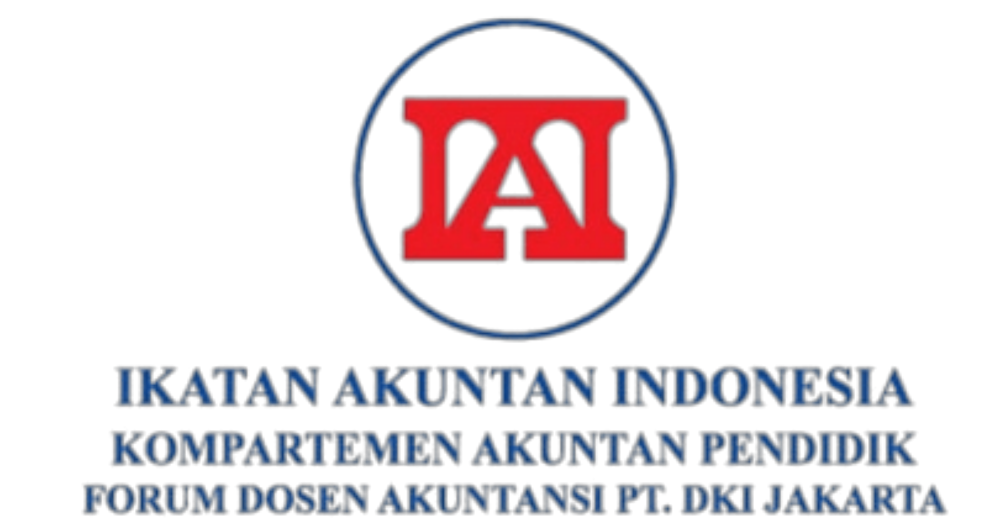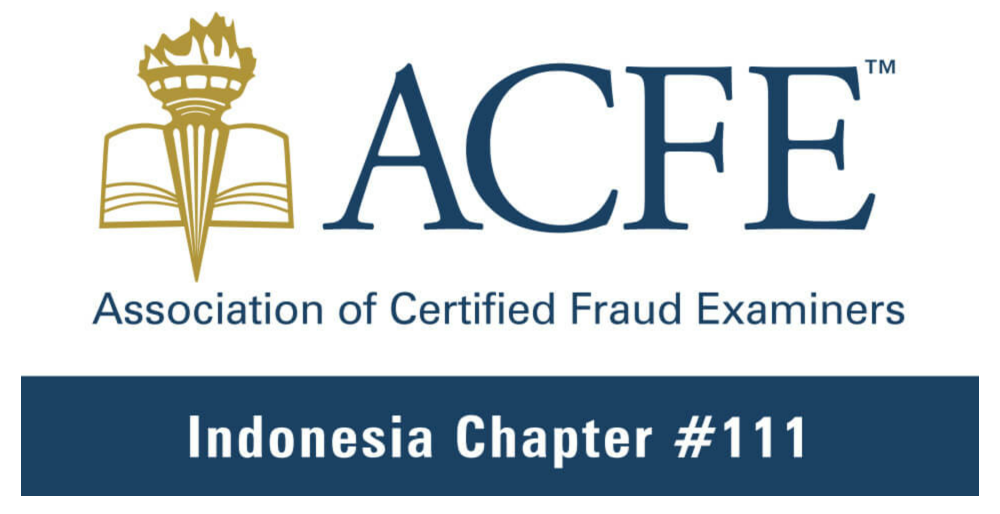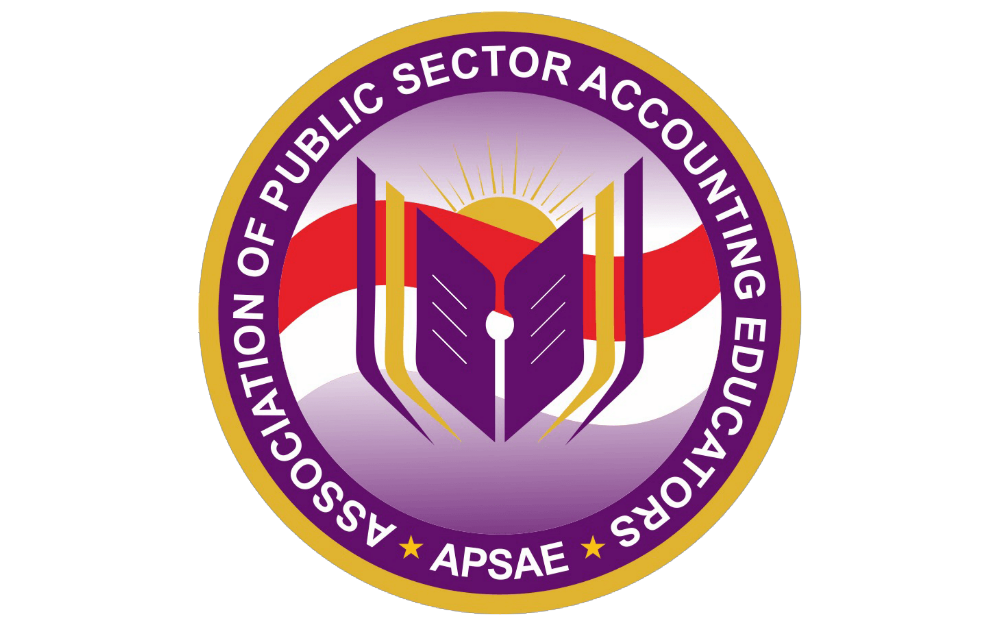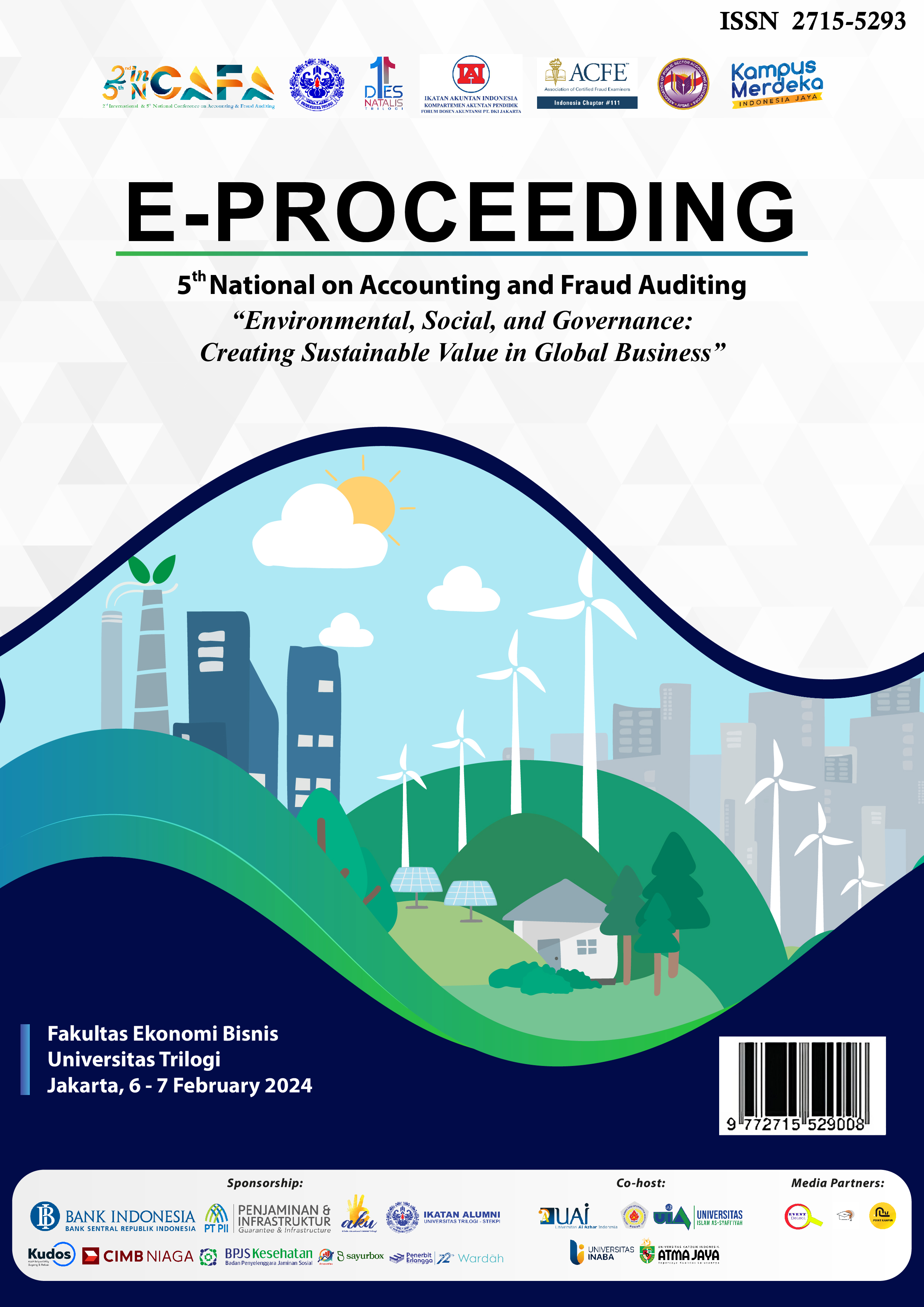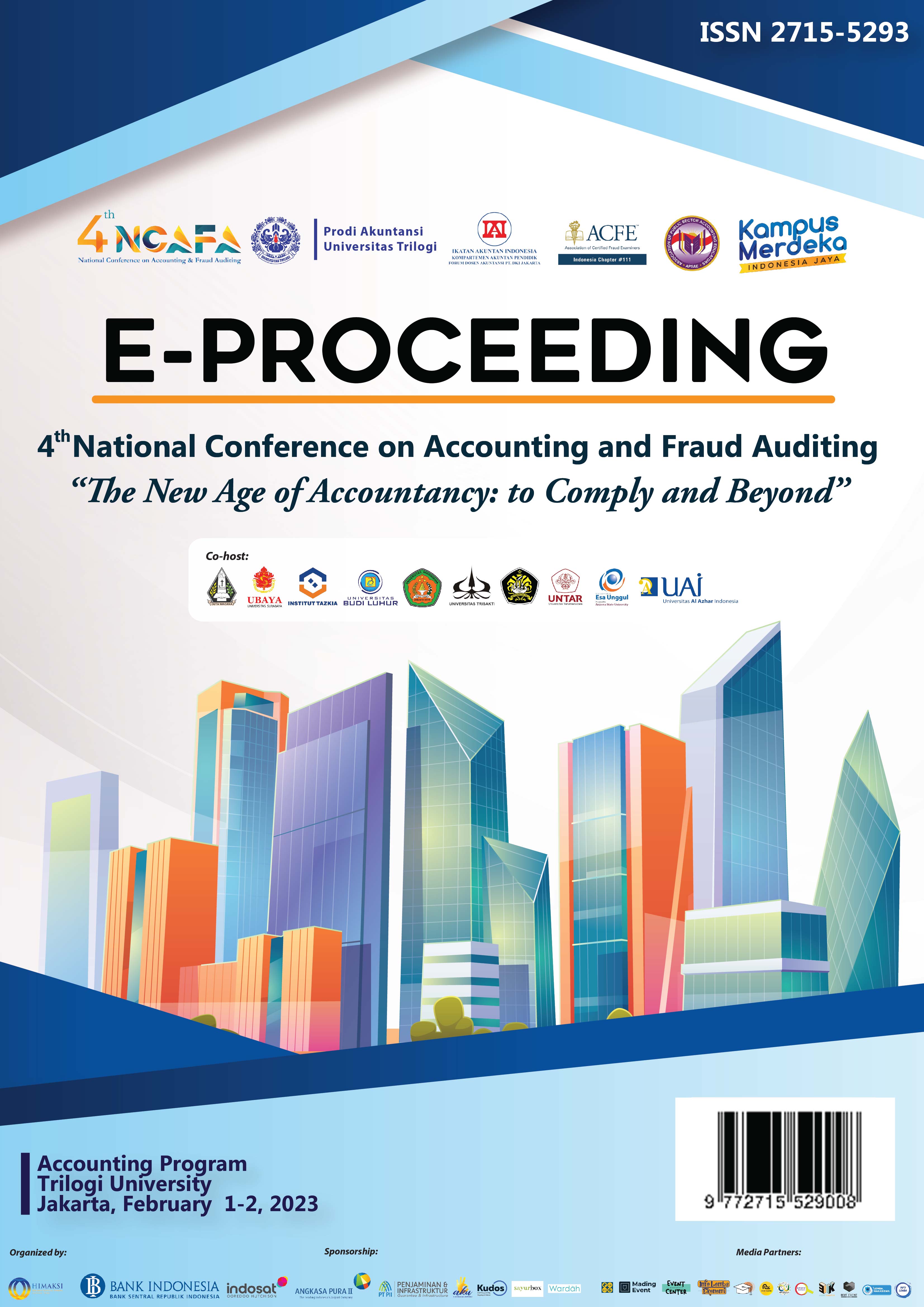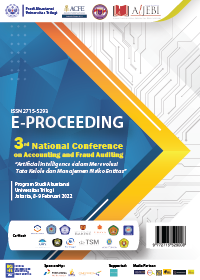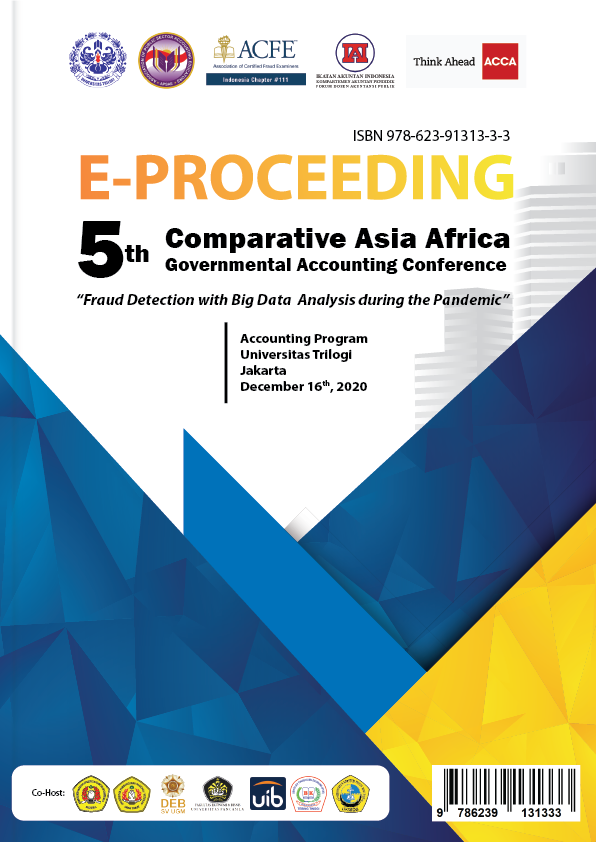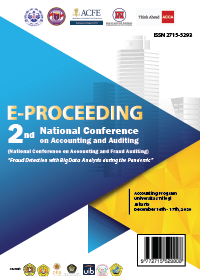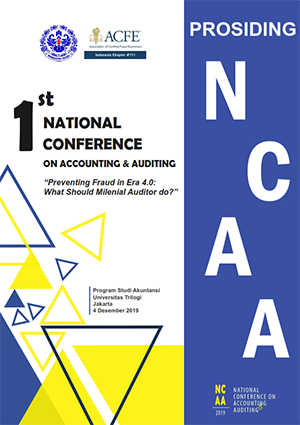ANALISIS KINERJA ROTI'O CABANG KOTA TANGERANG DENGAN PENDEKATAN BALANCED SCORECARD
Abstract
This research discusses the Balance Scorecard approach at Roti 'O Tangerang Branch as a strategic tool in measuring company performance. This company in the bakery sector faces challenges in measuring and improving its performance, especially after an increase in sales in the last three months of 2023. This research method uses a qualitative method, with a SWOT quadrant qualitative data analysis approach. The qualitative method is a method that focuses on in-depth observation. Qualitative research pays attention to humanism or individual humans and human behavior. The research results show that Roti'O's performance has reached 84%, which means good. Thus, this research makes a contribution by involving Roti'O Tangerang branch with four perspectives in BSC. Data was collected through interviews, Google Form questionnaires, and performance measurement results show that Roti'O has reached 86.8%, which means good.
Keywords: Balanced Scorecard_1; Company performance_2; SWOT Analysis_3; Bakery_4
Full Text:
PDFReferences
Sara, Y., & Ridzal, N. A. (2023). Analisis SWOT dan Balance Scorecard Sebagai Pengukuran Kinerja Pada CV. Rendezvous Coffee Baubau. ISOQUANT: Jurnal Ekonomi, Manajemen dan Akuntansi, 7(1), 93-119.
Galib, M., & Hidayat, M. (2018). ANALISIS KINERJA PERUSAHAAN DENGAN MENGGUNAKAN PENDEKATAN BALANCED SCORECARD PADA PT. BOSOWA PROPERTINDO. SEIKO: Journal of Management & Business, 2(1), 92-112.
Akhyar, Z,Octobery,J,Bangun S, & Fitri IZ.(2020).Implementasi Metode Balance Scorecard Untuk Mengukur Kinerja di Perusahaan Engineering (Studi Kasus PT MSE). Journal Industrial Service. Vol.5(2), 251–256.
Kaplan, R. S., & Norton, D. P. (1996). The balanced scorecard: translating strategy into action. Robert S. Kaplan, David P. Harvard Business Review.
Kesek, F. N., Sabijono, H., & Tirayoh, V. Z. (2020). Analisis Kinerja Perusahaan Dengan Menggunakan Metode Balanced Scorecard Pada Pt. Nenggapratama Internusantara. Jurnal EMBA: Jurnal Riset Ekonomi, Manajemen, Bisnis Dan Akuntansi, 8(4).
Miftakhul Rokhim Firmansyah & Lintang Venusita. (2018). ANALISIS PENGUKURAN KINERJA PT. JAPFA COMFEED INDONESIA TBK MENGGUNAKAN METODE SWOT BALANCED SCORECARD. Jurnal Akuntansi AKUNESA, (6), 3-6.
Kiswara, S. H. endang. (2011). ANALISIS BALANCE SCORECARD SEBAGAI ALAT PENGUKUR KINERJA PERUSAHAAN (Studi Kasus pada PT Astra Honda Motor). Jurnal Ekonomi, 9(2), 109–117.
Kaplan, R. S. and N. (2000). Balanced Scorecard: Menerapkan strategi Menjadi Aksi (Peter R. Yosi Pasla, Ed.). Erlangga
Limbong, A. C. (2023). Penggunaan Metode Balanced Scorecard (BSC) untuk Pengukuran Kinerja. JIME (Journal of Industrial and Manufacture Engineering) .
PERMATASARI, C. Y. (2017). ANALISIS KINERJA DAN PERENCANAAN STRATEGI PERUSAHAAN ROTI MENGGUNAKAN BALANCE SCORECARD-SWOT. Universitas Brawijaya.
Yuwono, Sony, et al. 2006. Balanced Scorecard : Petunjuk Praktis Penyusunan Balanced Scorecard Menuju Organisasi yang Berfokus pada Strategi. Cetakan Keempat. Jakarta: Gramedia Pustaka Utama.
Dwi Aliyyah, Apriyani Sunarti. 2017. Pengaruh Kualitas Pelayanan Terhadap Kepuasan Konsumen(Survei pada Konsumen The Little A Coffeeshop Sidoarjo). Jurnal Administrasi Bisnis (JAB)|Vol. 51 No. 2 Oktober 2017|
Rachmawati, N. A., & Martani, D. (2017). Book-tax conformity level on the relationship between tax reporting aggressiveness and financial reporting aggressiveness. Australasian Accounting, Business and Finance Journal, 11(4), 86-101.
Rachmawati, N. A., & Martani, D. (2014). Pengaruh large positive abnormal book-tax differences terhadap persistensi laba. Jurnal Akuntansi dan Keuangan Indonesia, 11(2), 1.
Rachmawati, N. A., Utama, S., Martani, D., & Wardhani, R. (2019). Determinants of the complementary level of financial and tax aggressiveness: a cross-country study. International Journal of Managerial and Financial Accounting, 11(2), 145-166.
Rachmawati, N. A., Utama, S., Martani, D., & Wardhani, R. (2020). Do country characteristics affect the complementary level of financial and tax aggressiveness?. Asian Academy of
Management Journal of Accounting & Finance, 16(1).
Rachmawati, N. A., Gani, L., & Rossieta, H. (2017). Loyalitas nasabah dan kinerja perBankan di indonesia. Jurnal Keuangan dan Perbankan, 21(1), 144-156.
Soraya, L. R., & Rachmawati, N. A. (2021). Determinats Of The Amount Of Related Party Transaction: Tax Expense And Institutional Ownership. Jurnal Reviu Akuntansi Dan Keuangan, 11(1), 30-39.
Rachmawati, N. A., Utama, S., Martani, D., & Wardhani, R. (2023). Complementary level of financial and tax aggressiveness and the impact on cost of debt: A cross-country study. South African Journal of Accounting Research, 37(3), 161-176.
Rachmawati, N. A., Ramayanti, R., & Setiawan, R. (2021). Tingkat Kesadaran dan Kesiapan Pelaku Umkm Dalam Menyusun Laporan Keuangan dan Pajak. Jurnal Akuntansi dan Bisnis, 21(2).
Andriana, Y. F., Ramayanti, R., & Rachmawati, N. A. (2023). Processing Purple Sweet Potato Peel as Alternative Material of Textile and Fashion Products with Circular Economic Principles. Mudra Jurnal Seni Budaya, 38(3), 277-285.
Febrina, F., & Rachmawati, N. A. (2023). Diversity of Book-Tax Conformity in Asean 4: Philippines, Indonesia, Malaysia, and Singapore. Jurnal Akuntansi dan Bisnis, 23(1).
Rachmawati, N. A., Utama, S., & Siregar, S. V. N. P. (2020). Persistensi Laba Antar Level Kompetisi Industri: Studi Empiris pada Perusahaan Amerika Serikat. Jurnal Akuntansi dan Bisnis, 20(1), 1-16.
Ramayanti, R., Rachmawati, N. A., Azhar, Z., & Azman, N. H. N. (2023). Exploring intention and actual use in digital payments: A systematic review and roadmap for future research. Computers in Human Behavior Reports, 100348.
DOI: https://doi.org/10.31326/.v5i2.1999
Refbacks
- There are currently no refbacks.

